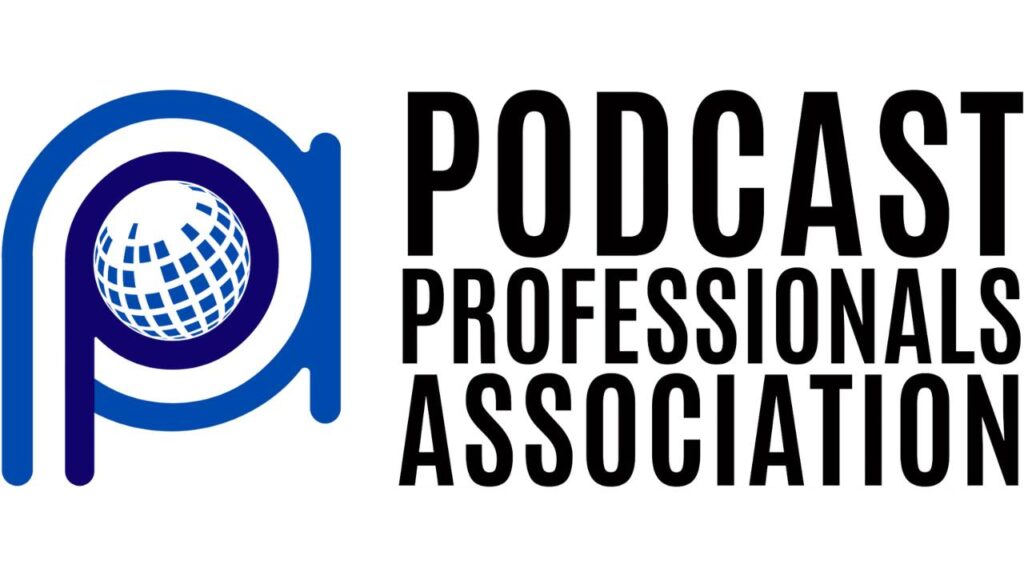
When a Suit Meets a Sleeping Bag
At first glance, a dirtbag and an executive couldn’t be more different. One lives out of a van at the base of a granite wall, chasing sunrises and ascents; the other occupies a corner office with an Outlook calendar packed to the minute. One measures success in pitches climbed and sunsets watched. The other measures it in KPIs and quarterly returns.
But here’s the thing, if you strip away the Patagonia jacket or the tailored blazer, both are after the same thing: mastery, freedom, and meaning.
The modern executive lives in a world of complexity, constant change, and burnout. The dirtbag, that scrappy outdoor minimalist who traded material comfort for purpose, has quietly mastered the art of focus, adaptability, and authenticity. And that’s exactly what today’s leaders need most.
As someone who has spent decades teaching leadership through wilderness expeditions, dog-powered adventure, and strategic consulting, I’ve seen firsthand that the best leadership lessons don’t come from boardrooms, they come from the backcountry.
Let’s unpack what a dirtbag can teach an executive about leadership, and why it might just change how you lead your team, your company, and yourself.
1. Passion Over Paycheck: Purpose as the Ultimate Motivator
A dirtbag doesn’t climb because it pays well. They climb because it makes them feel alive. Their motivation is intrinsic, fueled by the sheer love of the pursuit.
Executives, on the other hand, are often rewarded extrinsically, bonuses, promotions, recognition. But research in both organizational psychology and outdoor leadership confirms what every dirtbag already knows: intrinsic motivation beats extrinsic every time.
When leaders anchor their decisions to purpose, not profit, engagement and innovation skyrocket. Employees stop working for you and start working with you.
The Dirtbag Lesson: Align your organization around meaning, not metrics. Ask yourself and your team regularly: Why does this matter? Who are we serving? When people find purpose in their work, performance follows naturally.
In practice:
Replace quarterly “check-ins” with purpose-driven conversations.
Reward progress toward mission, not just metrics.
Share personal stories that reconnect the team to the “why.”
As I tell my coaching clients, whether they’re running an Alaskan training program or a tech startup, passion sustains effort long after incentives fade.
2. Minimalism as a Strategic Superpower
To the untrained eye, a dirtbag’s lifestyle looks like deprivation: sleeping in a van, patching old jackets, eating cold oatmeal. But minimalism isn’t about sacrifice, it’s about focus.
By stripping away the unnecessary, dirtbags gain freedom. They optimize for what matters: more time on the trail, more flow, fewer distractions.
Executives can learn from this. Many organizations drown in excess, too many meetings, too many initiatives, too much noise. The best leaders cut through it with clarity and simplicity.
The Dirtbag Lesson: Complexity is the enemy of progress.
In practice:
Ruthlessly prioritize: eliminate projects that don’t serve the mission.
Simplify communication: say less, mean more.
Apply “gear shakedowns” to your systems, what can be left behind without losing performance?
Minimalism in leadership is not about doing less, it’s about doing what matters most.
3. Resourcefulness: Leading with Creativity When Resources Run Dry
A true dirtbag is a master improviser. They can repair gear with duct tape, cook a meal from scraps, and navigate out of a whiteout using instinct and a map corner.
In leadership, that same resourcefulness is gold. When markets tighten, budgets shrink, or supply chains fail, adaptability becomes the edge. The dirtbag’s “figure it out” mentality embodies what leadership scholars call resilient problem-solving, the ability to stay solution-oriented under stress.
The Dirtbag Lesson: Constraints breed creativity.
In practice:
Encourage your team to prototype instead of perfect.
Celebrate ingenuity, not just compliance.
Replace “We can’t” with “What can we make work?”
In expedition leadership, I call this the “camp stove principle”: When fuel runs low, you still need to eat, so you find another way to boil the water.
4. Authenticity: The Currency of Trust
A dirtbag doesn’t fake passion. They live it. They don’t dress for perception; they dress for the weather. They’re not curating a personal brand; they’re chasing a personal best.
This radical authenticity is what makes them magnetic, and it’s what’s missing in many executive suites.
Teams can spot insincerity instantly. But a leader who owns their story, their values, and even their flaws earns real trust.
The Dirtbag Lesson: Lead as you are, not as the world expects you to be.
In practice:
Be transparent about your struggles and learning moments.
Replace corporate jargon with human language.
Model vulnerability, it invites others to do the same.
Authenticity isn’t the absence of polish, it’s the presence of truth. And that truth connects people more powerfully than any leadership framework ever could.
5. Team Over Ego: The Rope-Team Mindset
In climbing culture, a dirtbag knows that being tied to a rope team means shared risk and shared reward. If one climber slips, the others arrest the fall. Success isn’t individual, it’s collective.
Corporate leaders often say “team first,” but their systems reward individual heroics. Dirtbag leaders live the opposite: the rope team comes before the summit selfie.
The Dirtbag Lesson: Leadership is not about being in front, it’s about being connected.
In practice:
Build cultures of interdependence, not hierarchy.
Give credit liberally and accept blame sparingly.
Measure success in collective outcomes, safety, cohesion, growth, not just revenue.
In outdoor leadership terms: A good leader gets the team to the summit. A great one gets everyone home.
6. Comfort with Discomfort: The Leadership Edge No One Teaches
Spend enough nights in a tent through Alaskan sleet, and you learn to make peace with discomfort. The dirtbag doesn’t chase comfort; they chase capacity. They develop tolerance for uncertainty, fatigue, and failure, qualities that translate directly into emotional resilience.
Executives often operate in controlled environments, climate-controlled offices, predictable systems, risk-averse decisions. But leadership today demands tolerance for volatility and the grit to keep moving when the path gets messy.
The Dirtbag Lesson: Growth begins where comfort ends.
In practice:
Step deliberately into discomfort, difficult conversations, bold pivots, new markets.
Treat setbacks as training, not signals to retreat.
Create “stretch experiences” for your team to build confidence through challenge.
In my Peak Experience leadership retreats, I’ve seen executives learn more about resilience from a snowstorm than from a year of management books. Nature doesn’t coddle; it clarifies.
7. Rejecting the Rat Race: Redefining Success
Dirtbags reject the nine-to-five grind not out of laziness, but from a conscious choice to define success on their own terms. They measure wealth in time, not in things.
Executives are often trapped in a system that rewards overwork and equates busyness with value. But leadership that never pauses eventually burns out.
The Dirtbag Lesson: Redefine what “winning” means.
In practice:
Encourage your team to disconnect and recharge, downtime drives insight.
Lead by example: take your vacation, close your laptop, go outside.
Integrate “slower” strategic time, reflection, creativity, mentorship, into your performance culture.
A dirtbag may live with less, but they live fully. Executives who learn to balance achievement with aliveness often find their leadership becomes both more sustainable and more human.
8. From Hedonism to Stewardship: Responsibility on the Trail
Let’s be honest, not every dirtbag is a model of responsibility. Some are driven purely by the pursuit of pleasure or personal challenge. But the mature dirtbag, the expedition guide, the mountain mentor, the outdoor educator, evolves from self-focused adventure to service-oriented leadership.
That’s the transformation every great leader must make: from ego to ecosystem.
The Dirtbag Lesson: Leadership means leaving the trail better than you found it.
In practice:
Develop your people with the same intention you invest in your goals.
Embed ethics and sustainability into every decision.
Think generationally, how will your leadership impact those who follow?
In the wild, stewardship isn’t optional. Leave-No-Trace is both a philosophy and a moral compass. The same should be true in leadership.
9. Reliability and Responsibility: Turning Passion into Professionalism
A full-time dirtbag avoids structure, that’s the whole point. But the great ones, the guides, instructors, and expedition leaders, channel their independence into accountability. They understand that freedom without discipline leads to chaos.
Executives can learn from this balance. Passionate vision without operational follow-through is just noise. Structure and spontaneity must coexist.
The Dirtbag Lesson: Discipline is the hidden strength behind every great adventure.
In practice:
Build reliable systems so creativity can thrive safely.
Lead by consistency, not by charisma.
Teach your team to value preparation as much as inspiration.
Even in my sled-dog expeditions, we say: “The dogs don’t care about your title, they care that you show up every day.” The same is true for teams.
10. Leadership in the Wild and in the Workplace
At its core, the dirtbag mindset and executive leadership are not opposites, they are complementary forces. One embodies freedom, exploration, and authenticity. The other represents structure, accountability, and impact. When combined, they form adaptive leadership, the kind capable of thriving in uncertainty.
From the backcountry to the boardroom, the dirtbag’s lessons echo the same truths I teach in my Peak Performance and Adventure Strategist programs:
Passion sustains.
Simplicity focuses.
Resourcefulness empowers.
Authenticity connects.
Discomfort strengthens.
Stewardship endures.
The goal isn’t to trade your briefcase for a backpack, it’s to bring the wilderness mindset into your leadership practice.
The Dirtbag Inside Every Leader
So what can a dirtbag teach an exec about leadership? Everything that can’t be taught in an MBA.
They teach us to lead with heart, to adapt when the trail disappears, to strip away what’s unnecessary, and to move toward purpose no matter how steep the climb.
Leadership, like adventure, isn’t about comfort , it’s about courage. It’s about taking responsibility for your team, your vision, and your impact, whether you’re guiding through a blizzard or navigating market disruption.
The next time you feel overwhelmed by meetings, metrics, or noise, remember the dirtbag philosophy: live simply, lead authentically, and climb with purpose.
After all, whether on a mountain or in a meeting, the summit means nothing if you lose yourself on the way up.










